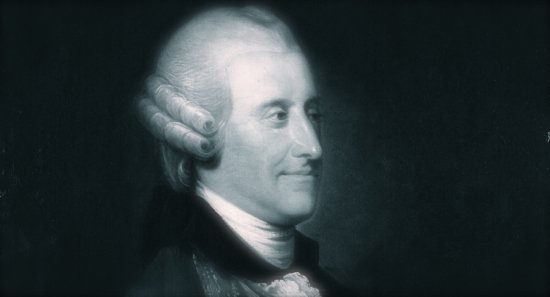A Brief History of the Sandwich

There’s a long list of things that you can do with pain de mie. It’s your basic fluffy white bread, good for toast, turkey stuffing and bread pudding. But me, I can’t look at an oblong square white loaf without thinking sandwiches, and I’m sure I’m not alone.
Sandwiches have been around for a lot longer than most people think. A popular food history myth attributes the invention of the sandwich to, of course, the 4th Earl of Sandwich, one John Montagu, a famous gambler who liked to eat with one hand and hold cards with the other. The truth is that he only popularized a food delivery method that had been around for millennia by his time. The ancient Greeks, er, “sandwiched” foodstuffs in pieces of flatbread, as did the Arabs and the Turks (see your closest convenient meze table). And what we now know as the “open-faced” sandwich, food served on top of a single thick slice of bread, had been around in England for hundreds of years before Sandwich was born. He (or his chef) simply updated a concept that he’d already seen, possibly making it bigger but definitely making it hip.
Indeed “Sandwiches” became a full-blown fad in England in the 1760’s, though only among other carousing bachelors, the Colonial-era equivalents of today’s dark beer and Esquire crowd. Young men who aspired to Sandwich-hood, in other words. For everyone else they were considered, well…poor taste.
Certainly Americans wanted nothing to do with the sandwich, as it only became hugely popular in the 1770’s and we had a little something called the Revolutionary War going on at the time. As far as we were concerned, the Brits could take their hipster roast beef sandwich and stuff it.
With time the image of the sandwich began to change. Within a few decades it was an accepted — though still slightly scandalous — supper food that might finish off a late night soirée. Into the 1900’s the sandwich’s utility became apparent to anyone who happened to have a few cold leftovers lying around, even here in America. It was enjoyed by evening diners as the center of a light meal, and also among train travelers, for whom it was both easy to buy and easy to eat. And of course its popularity never diminished among the ne’er-do-well pub crawlers.
Still the sandwich was just another of many possibly modes of eating until sliced bread blew the whole thing wide open. But that’s another story.
You can Google “Hillel Sandwich” for further interesting sandwich history; still relevant today. 🙂
Great, Chana. Thank you!
– Jim